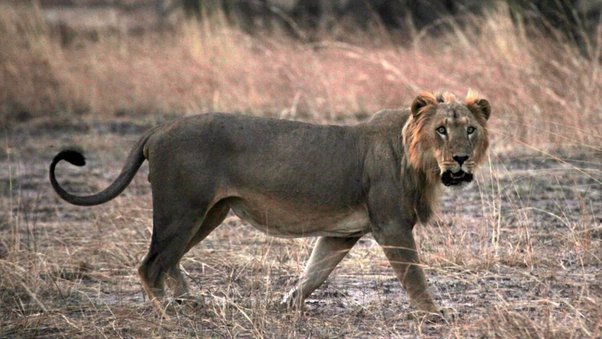Lions have been lost from a huge area in Africa. Already extinct in 26 countries in Africa, there are perhaps as few as 15,000 lions left. Furthermore, most of these are in a small handful of reserves.
Between the Selous, Serengeti, Ruaha, Kruger and the greater Kalarhari zambezi transfrontier park are represented perhaps as high as 14,000.
This means that other reserves that still host lion tend to have very small populations with the inherent risks of inbreeding that this brings.
You will notice that on this list of lion ecosystems, none are in west Africa. This is unfortunately not a mistake. Recent analysis of the Genetics of western African lions has proved something that has been suspected for centuries. The west African lion is not the same species as the eastern and southern lion, in fact these populations are relict populations left behind as the Asiatic lion was pushed back into its home in India. In actual fact the “Asiatic lion” or “Indian Lion” once had a huge range that took in much of Europe, north Africa and Asia.

Given that less than 700 lions remain in India, but the best estimate of the number in Africa is 1700 (1200-2700) the name perhaps needs some thought.
Never-the-less this should give added urgency to saving relict populations of Lions across west Africa. If Nigeria was capable of halting poaching and hunting within the two reserves that lions live, Kainji nature reserve covers 480 square miles and Yankari game reserve covering 866 square miles.
A pride of lions needs anything from 8 square miles to 150 (depending on how game rich the area is). I suspect that both of these areas would once have been very game rich, but unfortunately that is unlikely to be the case. Never-the-less assuming a pride is 10 animals the maximum Lion capacity of these reserves in 1680 with the minimum lying about 90.
What does this say? That with effective conservation, even if both reserves are the worst place for lions to live, they can still hold at least 3 times as many lions, and possibly as much as 50 times more.
With good protection, the population of lions in this part of the world could explode.











